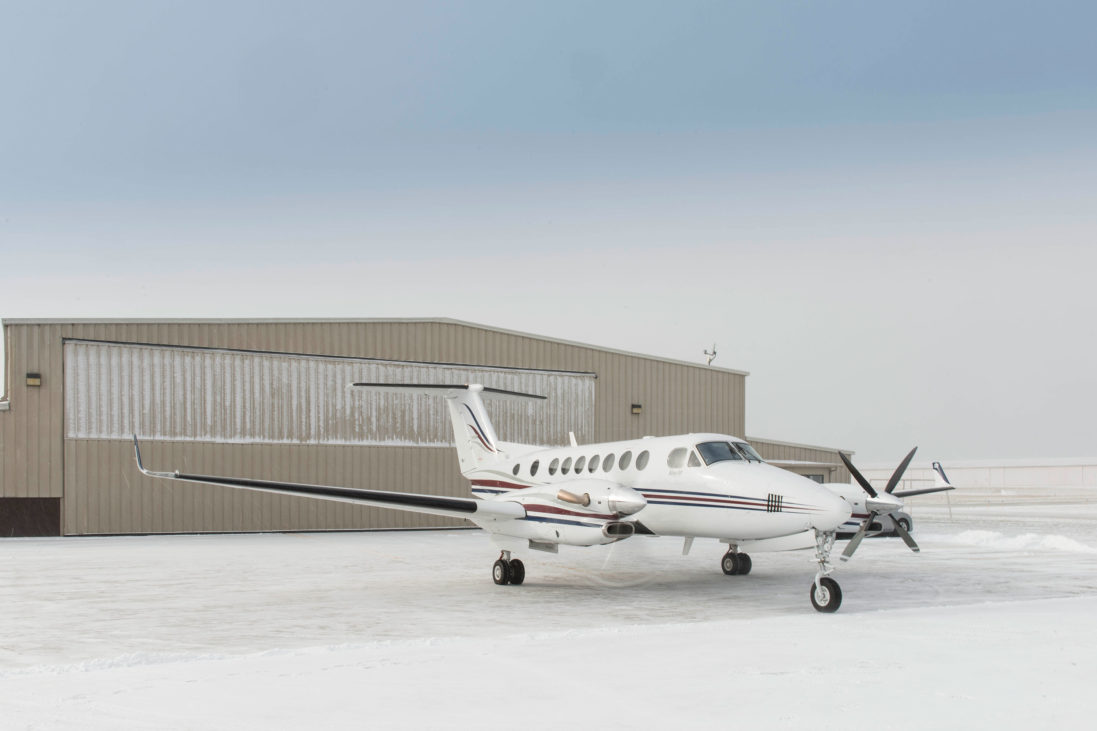
Updated July 19, 2019
During the NBAA annual convention in 1997 a small group of aviation and weather professionals from the Federal Aviation Administration (FAA) and the National Weather Service (NWS) as well as government weather contractors, academics and the aviation weather user community gathered for three days to discuss the current (at the time) weather products and the future of aviation weather. Their purpose was to build a strategy for advancing aviation weather research, forecast, tools and delivery. This became the Friends and Partners in Aviation Weather (FPAW) group.
Over the 18 years since that first meeting the size of the group has grown, as has the number of topics, but the goal is still the same – to bring together the broader aviation weather community to review where we’ve been, analyze where we are and have an honest and open discussion about what we can do in order to provide the most timely and accurate weather information to the stakeholders, to enable the safest and most efficient operations possible.
This is accomplished through numerous sessions, which includes briefings from the National Transportation Safety Board (NTSB) that help us understand some of the causes of weather-related aviation incidents. It also includes reviews from the NWS and FAA regarding their current tools and capabilities in addition to their plans for future products and capabilities.
The individual sessions during the FPAW meetings allow the industry, the meteorology community and others to have a conversation where questions and ideas are encouraged. Through this constructive process the industry has an opportunity to describe what tools would provide the most benefit to operators, whether that’s air traffic managers, air traffic controllers, schedulers and dispatchers or the flight crews. Then the meteorology community has the chance to tell the industry what they can provide as well as how and when they might be able to deliver it. Together, this alliance helps create better weather tools, but to do this we need more participation from the NBAA membership. Input from operations of all sizes and types is needed to give the widest range of feedback to the FPAW community. You don’t have to be a member of the Weather Subcommittee to attend FPAW meetings or provide your input. The meetings are open and all feedback can be sent to weather@nbaa.org before, during or after any event.
FPAW now meets twice a year and both meetings have grown to a day and a half. NBAA members are encouraged to attend either meeting as they are open to the public. The National Transportation Safety Board (NTSB) hosts the summer FPAW meeting, usually in late July or August, at their headquarters in Washington, DC. NBAA continues to host the fall FPAW meeting during their annual Business Aviation Convention & Exhibition (BACE). These meetings are preceded by a planning session each spring to determine the topics and organizers. FPAW is currently lead by Bruce Carmichael, Director, Aviation Applications Program, National Center for Atmospheric Research (NCAR) and co-chair of the NBAA Access Committee Weather Subcommittee.
Upcoming Meetings
NBAA Business Aviation Convention & Exhibition (NBAA-BACE)
Aircraft-Based Observations
Wednesday, Oct. 23, 2019, 1-5 p.m. • Las Vegas Convention Center
Presenters and panelists and the audience will discuss the collection, processing, and distribution of weather from the flight deck, ranging from automated sensor-based observations to EFB-augmented and pilot-reported observations (PIREPS). The status of efforts to improve the collection of weather from the flight deck and the benefits of such efforts will be discussed. A discussion of revised FAA guidance including Flight Standards Weather Policy and the newly published FAA Weather Handbook will be included.
Convective Weather Information: What’s Available and How Users See and Interpret It
Thursday, Oct. 24, 2019, 8 a.m.-12 p.m. • Las Vegas Convention Center
Explore the universe of convective weather products available to non-meteorologist aviation users such as pilots, flight attendants, dispatchers and air traffic controllers. Presenters, panelists and audience members will relate how to best navigate this tricky landscape, and what to look forward to in the coming years. They will also discuss the differences in how all the parties “see” thunderstorms through the various product and sensor displays, and how minor differences in the way a storm is viewed can lead to major decision-making disconnects.
Weather for Emerging Modes of Transportation
Thursday, Oct. 24, 2019, 1-5 p.m. • Las Vegas Convention Center
This session will focus on the weather support needs of future entrants into the National Airspace System, such as urban air mobility (UAM) and unmanned aircraft systems (UAS). These smaller vehicles, with different flight capabilities such as electric vertical takeoff and landing (eVTOL), are more susceptible to weather impacts (e.g., icing and turbulence) and therefore require higher resolution forecasting. Presenters, panelists and the audience will discuss potential challenges with microscale weather forecasts, and how these forecasts will impact unmanned traffic management (UTM) and beyond visual line of site (BVLOS) operations.
Spring 2020 FPAW Meeting
Dates and topics to be determined at the NBAA-BACE meeting


 International Business Aviation Council Ltd.
International Business Aviation Council Ltd.